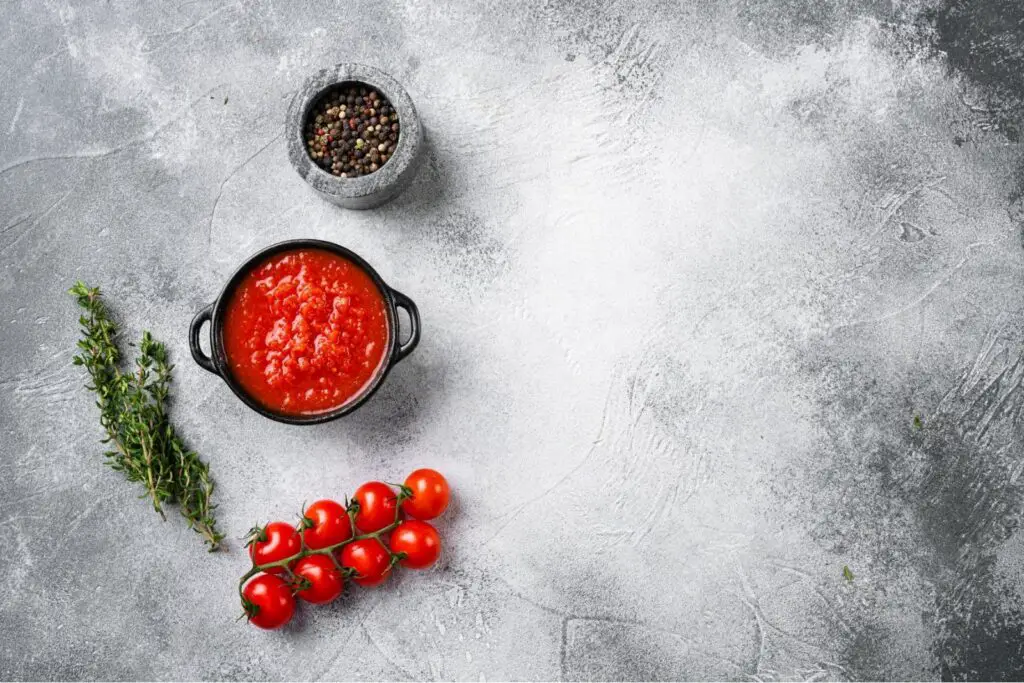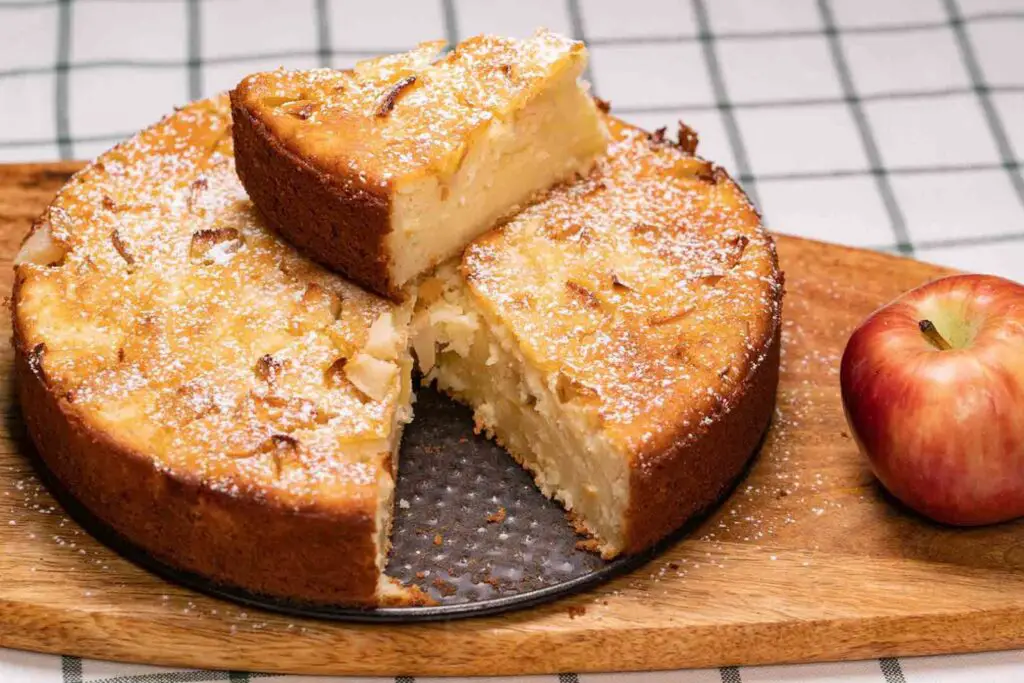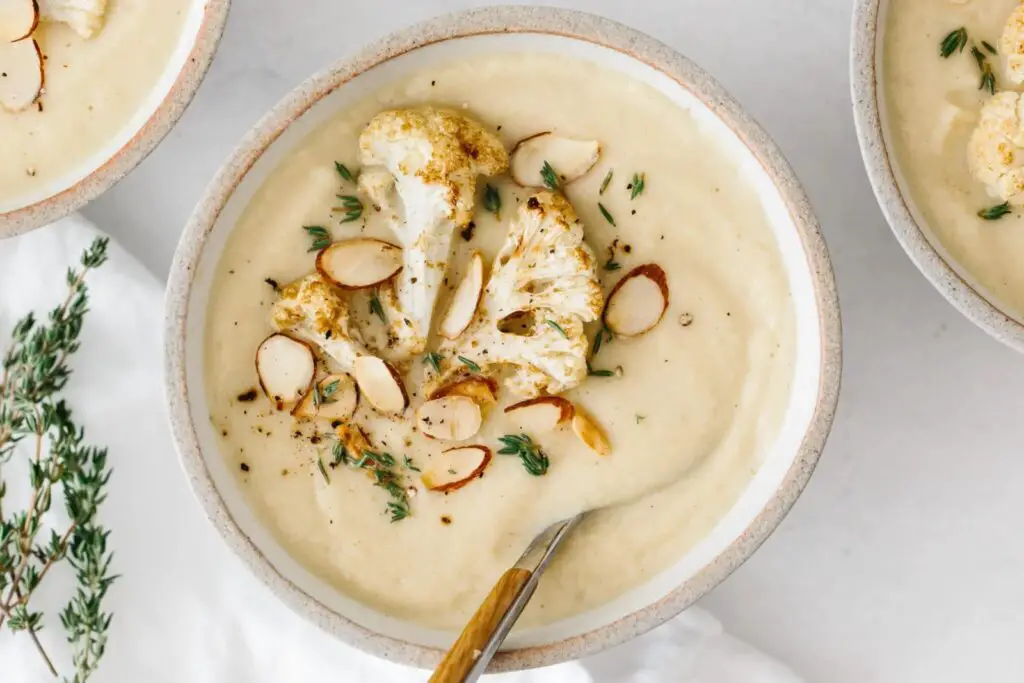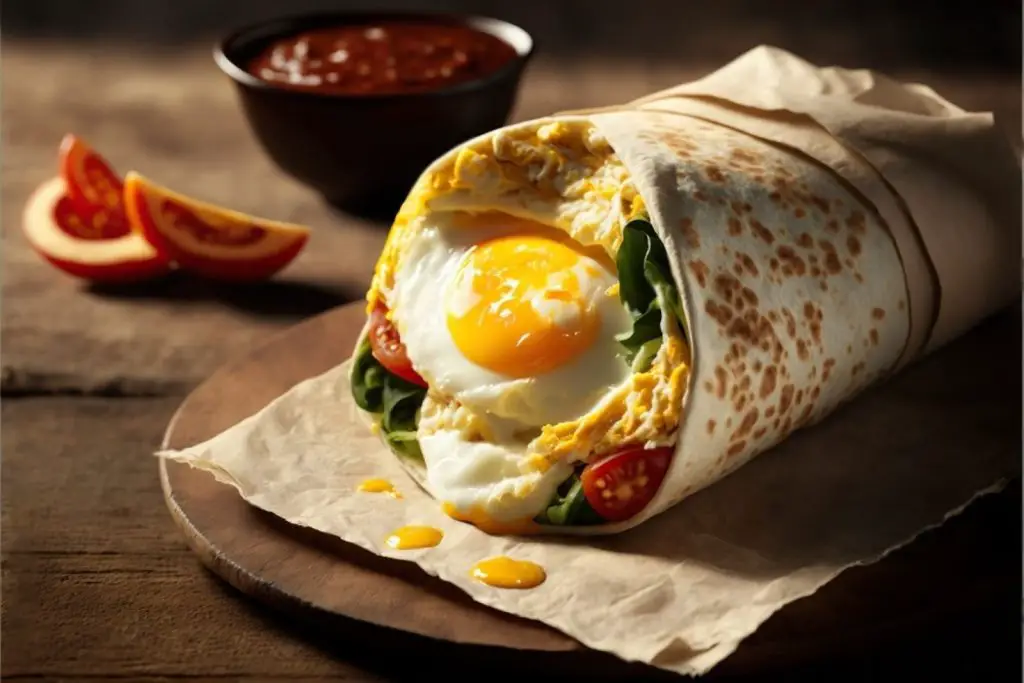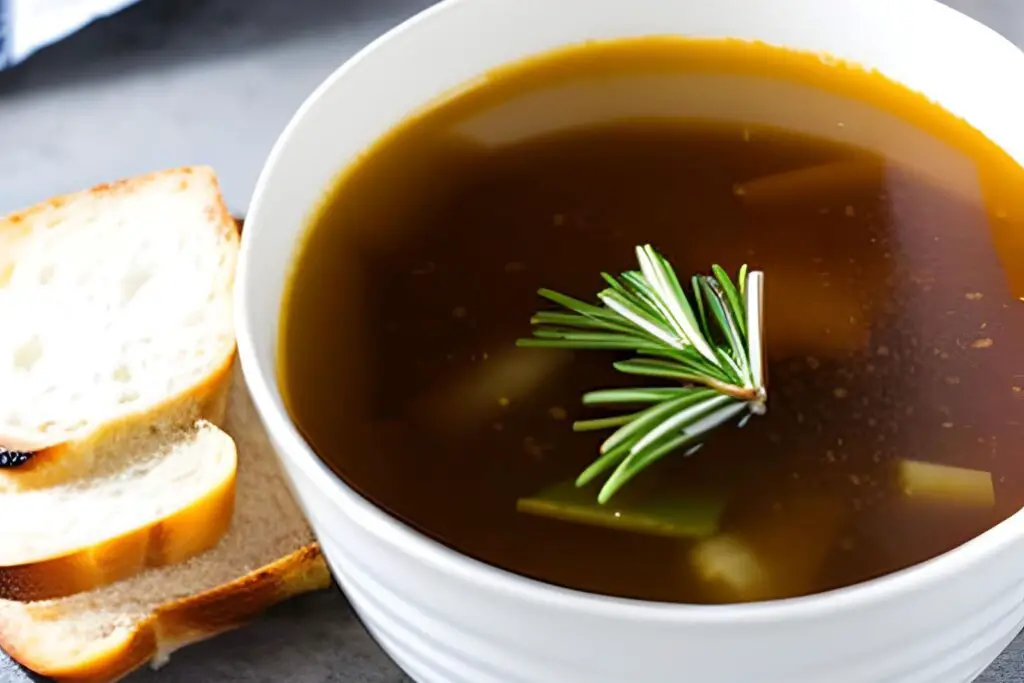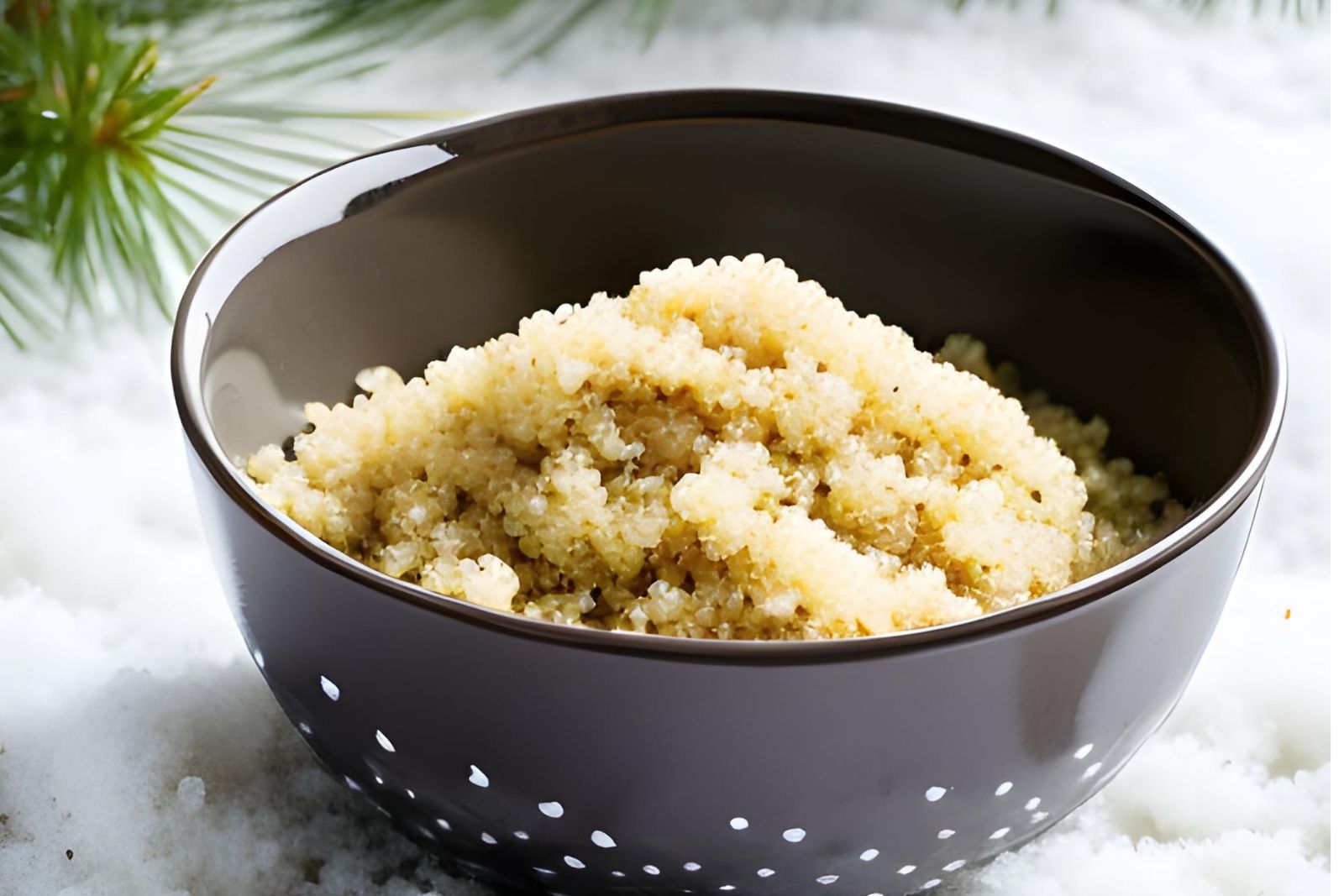
Cooked quinoa is a nutritious grain-like seed that has gained popularity for its exceptional health benefits and culinary versatility. With its delicate texture, nutty flavor, and impressive nutrient profile, cooked quinoa is a fantastic addition to salads, stir-fries, soups, and more. It is a complete protein source, packed with essential amino acids, fiber, and minerals like magnesium and phosphorus. When you have leftover cooked quinoa or want to prepare a larger batch in advance, freezing can be a convenient way to preserve its freshness and have it readily available for future meals. In the following section, we will explore the process of freezing cooked quinoa and provide tips for maintaining its texture and flavor after thawing.
Here’s a guide on how to freeze cooked quinoa:
Step 1: Allow the cooked quinoa to cool down
After cooking a batch of quinoa, it’s crucial to allow it to cool down completely before freezing it. This step is essential to maintain the quality and texture of the quinoa during the freezing process. Here’s why it’s important and how to do it properly.
When you cook quinoa, it undergoes a process where the grains absorb water and expand. During this cooking process, the heat causes the starches in the quinoa to gelatinize, resulting in a fluffy and tender texture. Allowing the cooked quinoa to cool down before freezing helps prevent it from clumping together and retaining excess moisture, which can affect its taste and texture.
To cool down the cooked quinoa, spread it in a thin layer on a baking sheet or a large plate. By spreading it out, you increase the surface area exposed to air, facilitating faster cooling. This method helps prevent the grains from sticking together and forming large clumps when frozen. It also minimizes the risk of moisture accumulation, which can lead to freezer burn or a soggy texture.
Ideally, you should leave the quinoa at room temperature to cool down naturally. However, if you’re short on time, you can place the baking sheet or plate in the refrigerator to speed up the cooling process. It’s important to ensure that the quinoa reaches room temperature or slightly cooler before moving on to the next step of freezing.
Step 2: Portion the quinoa or leave it as a whole
When freezing cooked quinoa, you have the option to either portion it into individual servings or leave it as a whole. The decision depends on your personal preferences and the way you plan to use the quinoa in the future. Here’s a closer look at each option to help you make the right choice.
- Portioning the quinoa: Portioning the quinoa into individual servings before freezing offers convenience and flexibility. By dividing the quinoa into smaller portions, you can easily take out the exact amount you need for a specific recipe or meal without thawing more than necessary. This method is especially useful if you often use quinoa in different dishes or if you prefer to have pre-measured portions readily available.
To portion the quinoa, you can use small airtight containers, resealable plastic bags, or even ice cube trays. Divide the cooled quinoa into equal portions, ensuring that each portion is sufficient for one serving. Seal the containers or bags tightly to prevent freezer burn and maintain freshness. Label each portion with the date to keep track of its storage time.
- Leaving the quinoa as a whole: If you frequently use larger quantities of quinoa in your recipes or prefer the flexibility of measuring out the desired amount when needed, you can choose to freeze the quinoa as a whole. This method is suitable if you often cook dishes that require more substantial amounts of quinoa, such as salads, casseroles, or pilafs.
To freeze the quinoa as a whole, transfer the cooled quinoa into a larger airtight container or wrap it tightly in a double layer of plastic wrap. Ensure the container or wrap provides a tight seal to prevent freezer burn. Label the package with the date for reference.
Consider your meal plans and how you typically use quinoa to determine the best option for you. If you prefer convenience and pre-measured servings, portioning the quinoa is the way to go. On the other hand, if you frequently use larger quantities or enjoy the flexibility of measuring as needed, leaving it as a whole is a suitable choice.
Step 3: Package the quinoa tightly
To ensure the optimal preservation of the quinoa and prevent freezer burn, it is essential to package it tightly before placing it in the freezer. Proper packaging helps maintain the quality, texture, and flavor of the quinoa over an extended period. Here’s why packaging it tightly is crucial and how to do it effectively.
Freezer burn is a common issue when food is exposed to air and moisture in the freezer. It causes dehydration and oxidation, resulting in dry, discolored patches and a stale taste. By packaging the quinoa tightly, you create a protective barrier that minimizes air exposure and prevents moisture loss.
Resealable plastic bags or airtight containers specifically designed for freezer storage are excellent options for packaging quinoa. These containers help maintain a consistent temperature and prevent odors from transferring to the quinoa. Choose the appropriate size container or bag based on the portioned quinoa or the quantity you are freezing as a whole.
Here’s how to package the quinoa tightly:
- Use resealable plastic bags or airtight containers: Select freezer-safe bags or containers that are durable and resistant to moisture and air.
- Place the cooled quinoa in the bag or container: Transfer the cooled quinoa into the bag or container, leaving some space at the top to allow for expansion during freezing. If you are using portioned quinoa, ensure each bag or container is filled with the desired amount.
- Press out as much air as possible: Squeeze the bag or press down on the quinoa in the container to remove excess air. This step helps minimize air contact and reduces the risk of freezer burn.
- Seal the bag or container tightly: Seal the bag using the zipper lock or seal the container with its airtight lid. Double-check to ensure a secure and tight seal to prevent air or moisture from entering.
This step is crucial for maintaining its texture, flavor, and nutritional value until you’re ready to use it. Proper packaging also allows for easy stacking and organization in the freezer, optimizing space and accessibility.
Can I freeze quinoa in mason jars?
It is not recommended to freeze quinoa directly in mason jars. The liquid content in the quinoa can expand during freezing, leading to the potential breakage of glass jars. Additionally, glass jars may not provide sufficient protection against freezer burn. It is safer to use airtight freezer-safe containers or freezer bags specifically designed for freezing to ensure the best quality and minimize the risk of any accidents or damage.
Step 4: Label and date the package
Labeling and dating the package of frozen quinoa is a crucial step in organizing your freezer and ensuring that you use the quinoa before it exceeds its recommended storage time. By providing clear information about the contents and the date it was frozen, you can easily identify and prioritize the use of the quinoa. Here’s why labeling and dating are important and how to do it effectively.
- Keep track of the contents: Freezing various items can make it challenging to identify specific foods later on. By labeling the package, you can quickly identify the frozen quinoa without having to open every container or bag in your freezer. This saves time and avoids confusion, especially if you have multiple types of frozen grains or ingredients.
- Monitor storage time: Frozen quinoa, like any other food, has a limited storage time before its quality starts to deteriorate. By dating the package, you can easily track how long the quinoa has been in the freezer. This information helps you ensure that you use the oldest packages first, reducing waste and maximizing the freshness of the quinoa.
Here’s how to label and date the package effectively:
- Use freezer-safe labels: Choose labels that are specifically designed to withstand the freezing environment. These labels should adhere well to the packaging and remain legible even in freezing temperatures.
- Write the current date: Use a permanent marker or a pen with indelible ink to write the current date on the label. The date serves as a reference point for the storage duration.
- Describe the contents: Write a clear description of the contents on the label. For example, you can write “Cooked Quinoa” or “Frozen Quinoa” to easily identify the package. Include any additional details that may be helpful, such as whether it’s seasoned or plain.
- Attach the label: Place the label on the package, ensuring it is visible and won’t easily detach during freezing or handling.
Make it a habit to label and date your frozen quinoa packages, as well as other frozen foods, to maintain a well-managed freezer and make the most of your ingredients.
Step 5: Store the packaged quinoa in the freezer
After packaging and labeling the quinoa, it’s time to store it in the freezer. Proper storage is crucial to maintain the quality, texture, and flavor of the quinoa over an extended period. Here’s why choosing the right location in the freezer is important and how to store the quinoa effectively.
- Quick freezing: To preserve the freshness and quality of the quinoa, it’s essential to freeze it as quickly as possible. Quick freezing helps prevent the formation of large ice crystals, which can lead to a change in texture and quality. Choose a spot in the freezer where the quinoa can freeze rapidly, such as the coldest part of the freezer or the area nearest to the cooling element. This ensures that the quinoa maintains its original texture and taste when thawed.
- Consistent low temperature: The freezer should maintain a consistently low temperature to keep the quinoa frozen and prevent any potential bacterial growth or spoilage. Freezing at 0°F or below (-18°C or below) is recommended for optimal food preservation. Make sure your freezer is set to the appropriate temperature and regularly check its functionality to ensure a consistent freezing environment.
- Avoid storing near the freezer door: The area near the freezer door is more prone to temperature fluctuations as it is frequently exposed to warmer air whenever the freezer is opened. These fluctuations can lead to inconsistent freezing and potentially compromise the quality of the quinoa. Avoid storing the quinoa packages in this area and instead opt for a location deeper inside the freezer.
Here’s how to store the quinoa effectively in the freezer:
- Choose a suitable spot: Select a location in the freezer that allows for quick freezing and maintains a consistently low temperature. This is typically the coldest part of the freezer or the area closest to the cooling element.
- Avoid the freezer door: Keep the quinoa packages away from the freezer door to minimize temperature fluctuations.
- Organize and stack: Arrange the quinoa packages in an organized manner, stacking them if necessary. This optimizes freezer space and makes it easier to access the quinoa when needed.
Remember to handle the freezer with care, avoiding frequent door openings and maintaining a consistent temperature. Regularly check the freezer’s functionality and address any issues promptly to ensure optimal storage conditions for your frozen quinoa and other foods.
Step 6: Thaw and use the frozen quinoa
When the time comes to use frozen quinoa, it’s important to thaw it properly to ensure the best texture and taste. Here’s how you can thaw the frozen quinoa and incorporate it into your recipes effectively.
- Remove the desired portion: If you have portioned the quinoa before freezing, remove the amount you need from the freezer. This helps minimize waste and allows you to use only what is necessary for your recipe.
- Thawing in the refrigerator: The recommended method for thawing frozen quinoa is to transfer it to the refrigerator and let it thaw gradually. Place the frozen quinoa in a covered container or resealable bag to prevent any potential cross-contamination with other foods. Allow it to thaw overnight or for about 24 hours, depending on the quantity and thickness of the quinoa. Thawing in the refrigerator helps maintain the quinoa’s texture and quality, as it thaws slowly and evenly.
- Thawing using the microwave: If you need to thaw the quinoa quickly, you can use the defrost function on your microwave. Transfer the frozen quinoa to a microwave-safe dish and follow the manufacturer’s instructions for defrosting. It’s crucial to use the defrost setting to avoid overheating or partially cooking the quinoa. Be sure to check and stir the quinoa frequently during the defrosting process to ensure even thawing.
- Directly adding to dishes while cooking: Another option is to add the frozen quinoa directly to dishes while cooking. This method is suitable for recipes that require further cooking or heating, such as soups, stews, or casseroles. Simply take the frozen quinoa and incorporate it into the dish during the cooking process. As the dish cooks, the frozen quinoa will thaw and heat through. Make sure to adjust the cooking time accordingly to allow for additional thawing and heating.
By thawing the frozen quinoa properly, you maintain its desired texture and taste. Thawed quinoa can be used in various recipes, such as salads, stir-fries, or as a side dish. The thawed quinoa is versatile and ready to be enjoyed once it has reached the desired temperature.
Remember to handle thawed quinoa safely, keeping it refrigerated if not used immediately, and consuming it within a few days to ensure food safety. Enjoy the convenience of having frozen quinoa readily available and incorporate it into your favorite recipes with ease.
Other related questions
How long can I keep frozen cooked quinoa in the freezer?
Frozen cooked quinoa can be stored in the freezer for an extended period, maintaining its quality and taste. When properly stored in airtight containers or freezer-safe bags, cooked quinoa can last for up to 8 to 12 months. However, for the best flavor and texture, it is recommended to consume it within the first 3 to 6 months of freezing. Beyond that timeframe, the quinoa may still be safe to eat but could gradually lose its optimal taste and texture. It’s important to label the packages with the freezing date to keep track of storage time and prioritize using older batches first.
Can I refreeze cooked quinoa that has already been thawed?
It is generally not recommended to refreeze cooked quinoa that has already been thawed. Each time you freeze and thaw food, it can affect its quality and texture. When quinoa is thawed, moisture is released, and the texture may become mushy or grainy upon refreezing. Additionally, the process of thawing and refreezing increases the risk of bacterial growth and foodborne illnesses. To maintain the best quality, it’s advisable to portion the cooked quinoa before freezing, so you can thaw and use only what you need in one go.
How do I know if my frozen cooked quinoa has gone bad?
To determine if your frozen cooked quinoa has gone bad, there are a few indicators to look out for. Firstly, check for any noticeable changes in color or texture. If the quinoa appears discolored, has a slimy or mushy texture, or develops an off-putting odor, it may have spoiled. Additionally, if you notice any signs of mold growth or ice crystals that are excessively large, it’s best to discard the quinoa. When in doubt, trust your senses, and if anything seems off, it’s safer to err on the side of caution and discard the quinoa to avoid the risk of foodborne illness.
Can I use frozen cooked quinoa with the fresh ones?
Yes, you can use frozen cooked quinoa alongside fresh ones in certain dishes. Frozen-cooked quinoa can be a convenient addition to recipes where the quinoa will be further cooked or heated, such as soups, stews, or casseroles. However, keep in mind that the texture of the frozen quinoa may be slightly different from the fresh one. Thawed quinoa tends to be softer and may have absorbed some moisture during freezing, so it’s important to adjust cooking times and liquid ratios accordingly when combining frozen and fresh quinoa in a recipe. Experimentation and taste testing can help ensure the desired result.
Can I freeze quinoa that has been cooked with broth or stock?
Yes, you can freeze quinoa that has been cooked with broth or stock. However, it’s important to note that the quinoa may absorb more liquid during freezing, potentially altering its texture. To minimize this, you can slightly undercook the quinoa before freezing or drain any excess liquid before packaging it for freezing.
Can I freeze quinoa that has been flavored with herbs or spices?
Yes, you can freeze quinoa that has been flavored with herbs or spices. Freezing flavored quinoa can help preserve its taste and aroma. It’s recommended to allow the cooked quinoa to cool completely before freezing, as this helps retain the flavors better. Package the flavored quinoa in airtight containers or freezer-safe bags to prevent any flavor transfer or loss during freezing.
Can I freeze quinoa in single-serving portions for easy meal prep?
Yes, you can freeze quinoa in single-serving portions for convenient meal prep. Portioning quinoa into individual servings before freezing allows for easy and quick access to the desired amount when needed. Simply package each portion in separate airtight containers or freezer-safe bags, ensuring they are properly sealed to maintain freshness and prevent freezer burn. This method makes it effortless to thaw and use the exact amount of quinoa required for a meal, saving time and reducing waste.
Can I freeze quinoa in bulk and then portion it later?
Yes, you can freeze quinoa in bulk and portion it later for added convenience. Freezing quinoa in larger batches is a time-saving strategy, especially if you frequently use it in various recipes. After cooking and cooling the quinoa, you can divide it into desired portion sizes and package them in airtight containers or freezer-safe bags, ensuring proper sealing to maintain its quality. When needed, you can easily thaw and use the portions, allowing for efficient meal preparation.
Can I freeze quinoa that has been cooked with different types of grains or rice?
Yes, you can freeze quinoa that has been cooked with different types of grains or rice. Mixing quinoa with other grains or rice before freezing can provide a flavorful and diverse base for future meals. Ensure that all the grains are cooked properly and cooled down before combining them and packaging them for freezing. Properly sealed containers or freezer-safe bags will help maintain the integrity of the mixed grains or rice during freezing and thawing.

